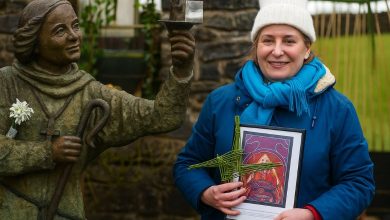St David’s Day: History, Festivals, Foods, Attires!
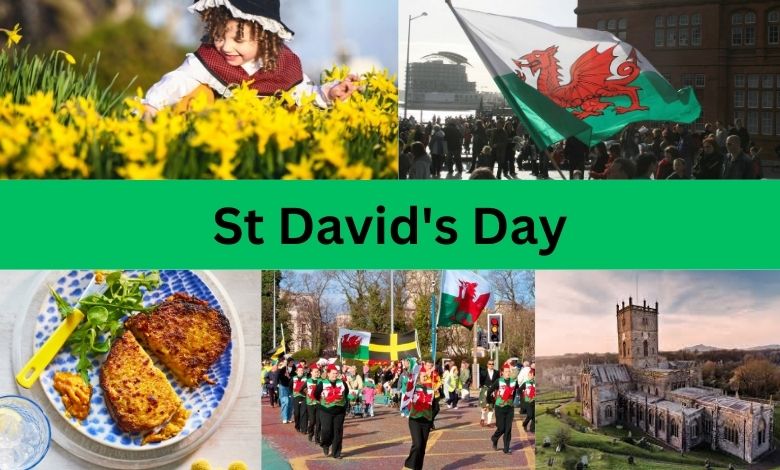
Every corner of Highland is home to different saints who were born or moved there to preach Christianity to the locals. The most significant figure among them is Saint David, whose birthplace “Saint David’s Cathedral” is still part of Wales but in the form of remains. The day belonging to this saint is about to approach soon, so we decided to educate you about St. David’s Day’s history, festival, edibles, and clothes to dress in. Let us begin with his introduction.
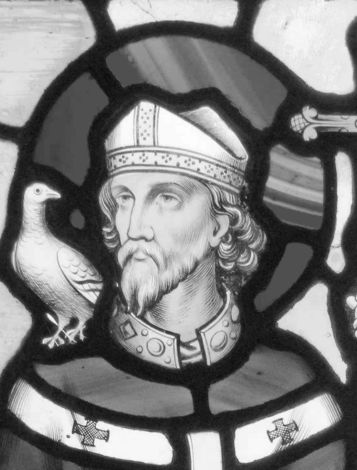
Who is St. David
Saint David, a patron saint, was born around 500 AD in Wales. As a Christian preacher, he visited many parts of the world to reform and convert people. Ceredig ap Cunedda, King of Ceredigion, was his grandfather, while Nonita was his mother. She was also a religious woman. She gave him birth in Pembrokeshire, and thousands of people still visit as pilgrims.
The role of St David in preaching and reforming people is extraordinary. Besides being a fine preacher, he is regarded as a miraculous figure. Hundreds of stories are connected to him. He was known to perform miracles such as restoring sight, bringing a child back to life, and moving mountains. He left the world for eternity on 1st March 589, which is celebrated as his day worldwide.
Table of Contents
ToggleOrigins of St. David’s Day
The history of St David’s Day is not that old compared to the saint himself. The day was associated with the saint in 1120 when Pope Callixtus II canonized him. During the declaration ceremony, he was recognized as a national patron saint of Wales as well. Many traditions became part of celebrations with time, and the connection of daffodils with the day is a typical example.
The flower appears in early spring, which is also St David’s Day. However, David Lloyd George, a Welsh politician, encouraged its use as a festive part. Serving as the UK’s Prime Minister from 1916 to 1922 became his significant introduction.
Celebrations of St. David’s Day
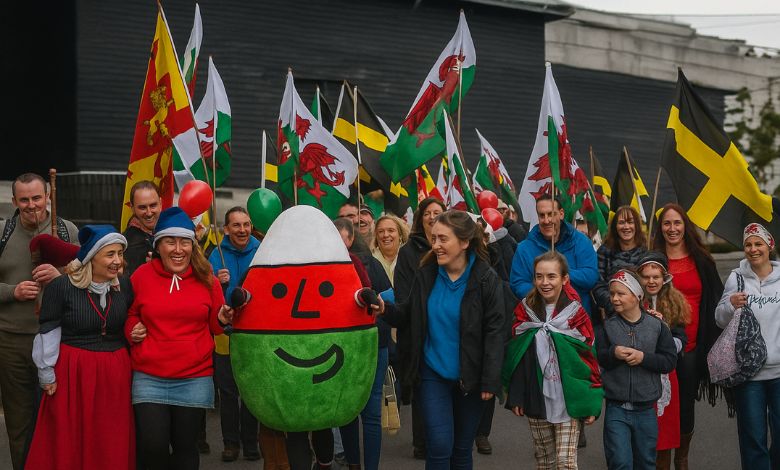
When we talk of the celebrations of St David’s Day, we usually divide them into two sections: traditional and contemporary celebrations. Some rituals became part of celebrations with the declaration in 1120 AD, while some developed with time. Some traditional celebrations are given below, and then new celebrations will be discussed as well.
Traditional Celebrations
Welsh people and the followers of Saint David have been celebrating this day for centuries. Some celebrations faded with time, while a few continued for a longer time and are still part of Welsh communities. A few of evergreen are:
David’s Day Feast: The tradition of feast on this day began with the canonization. Welsh make their traditional foods on this day and serve others. Several popular edibles of the day are:
- Welsh cake with or without raisin
- Bara Birth
- Cawl
- Welsh Rarebit
Eisteddfodau: Highlanders dancing, music, singing, and art festivals are common, and Wales is also a part of it. Eisteddfodau is a Welsh dancing and musical event that takes place every year on the day of Saint Patron.
Contemporary Celebration
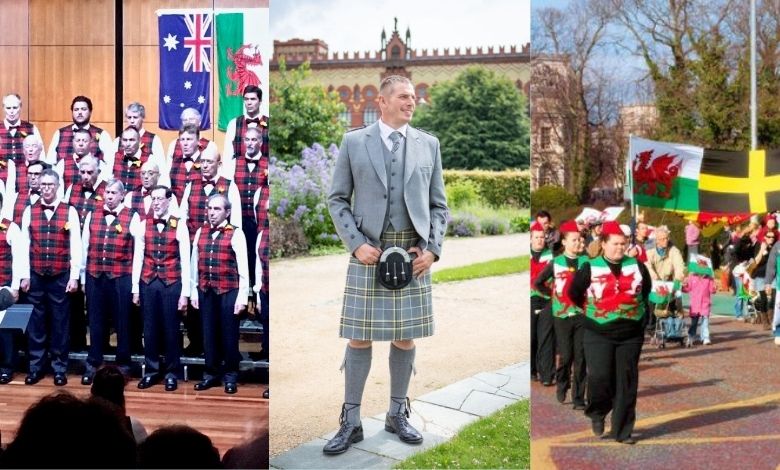
As already said, some celebrations later became part of the tradition. To appreciate Saint David, let’s discuss these new or somewhat older customs.
Saint David’s Parade: Parades are very popular celebrations that attract a large number of people. The inaugural National St. David’s Day Parade was held on 1st March 2010, and Cardiff, Wales, hosted it. Today, it is a common practice, and people carry Welsh flags, Saint David’s flag, and the red and yellow lions of the Welsh prince during parades.
Wearing Traditional Attire: Wearing traditional dress is common practice to commemorate a traditional event. Welsh and Scots share this practice. The traditional attire of women in Wales includes a woollen garment, a high hat, an apron, and a cloak. Men, on the other hand, wear breeches, shirts, waistcoats, and caps. Similarly they attach leeks to their attire as a tradition. Some people living there with Scottish ancestry are occasionally seen wearing tartan kilts.
Welsh National Anthem: What can be a better idea than singing the national anthem at a cultural event, no matter what country it is? During St David parades, singing and hearing the Welsh National Anthem, “Hen Wlad Fy Nhadau”,” is not only common but an obligation. The anthem was written in 1856, which means it became part of celebrations centuries after its canonization.
Why Choose Kilts for St. David’s Day Celebrations?
Although St. David’s Day is a celebration of Welsh ancestry, some with Scottish or Celtic ancestors also wear traditional kilts. Everyday rituals may occasionally emerge from these nations’ Celtic links, particularly after the Highland Clearances. People pay respect to their history in unique ways, even if they are not Welsh. That’s why some of Scottish descent wear kilts on St. David’s Day to honour their Celtic heritage.
Shop for St. David’s Day Kilts at The Utility Kilt
Welsh people do not often wear kilts on this day, but some people with Scottish or Celtic ancestry do. On this day, they like to wear their traditional tartan kilts. The Utility Kilt is a reputable internet store where you may get a kilt to mark this day if you’re also seeking one. At incredibly low costs, we provide customized products made from premium materials.

